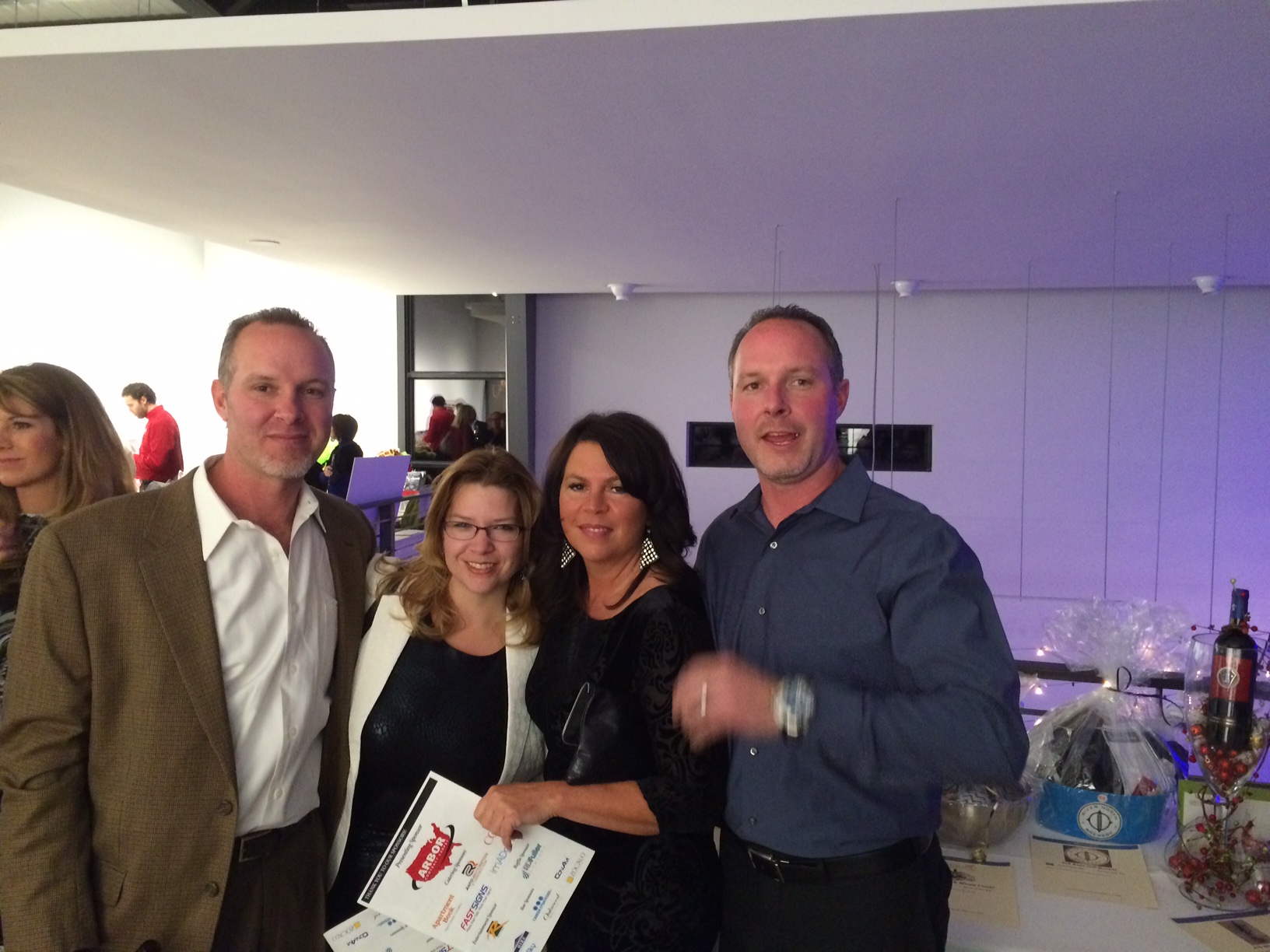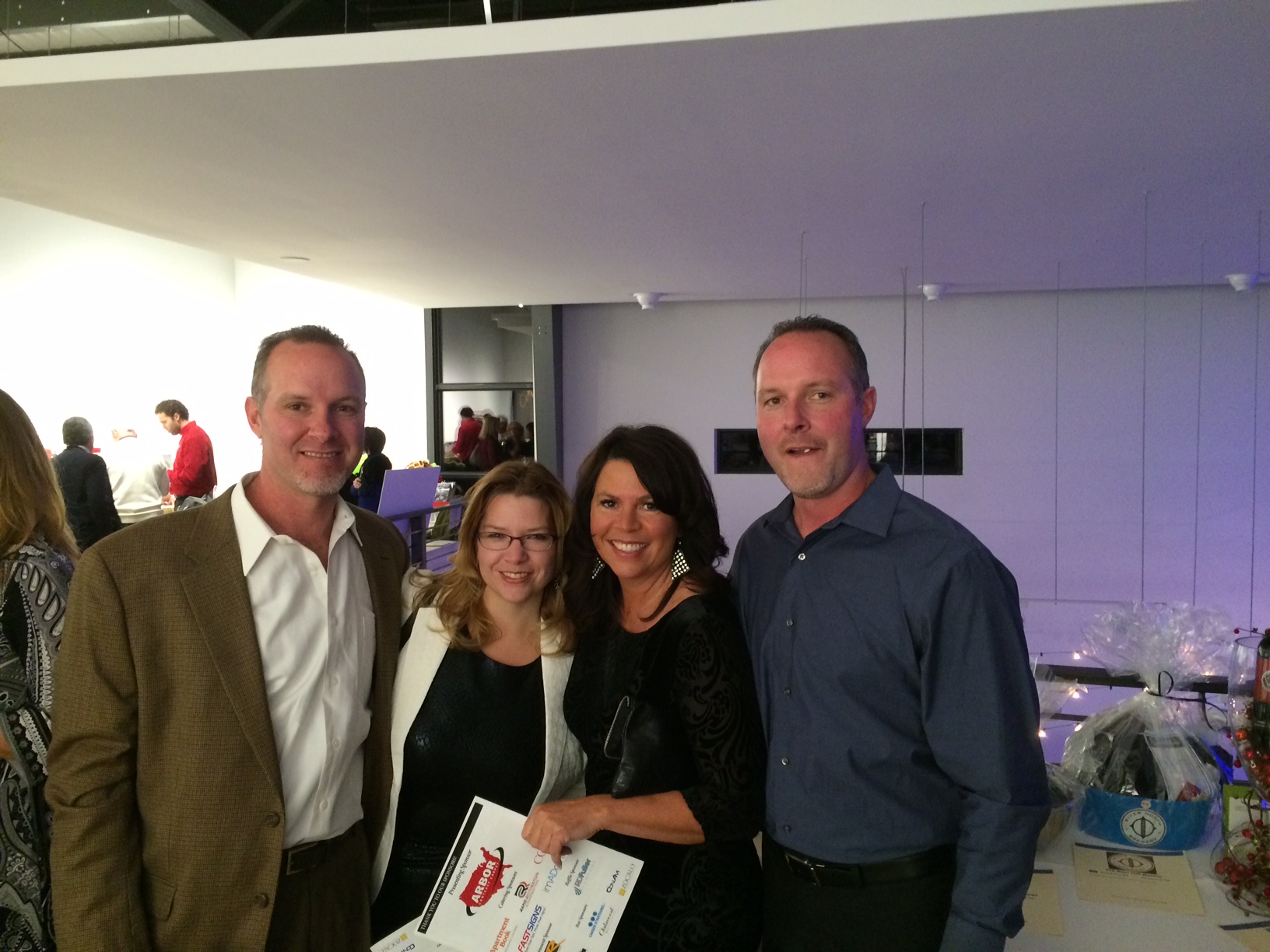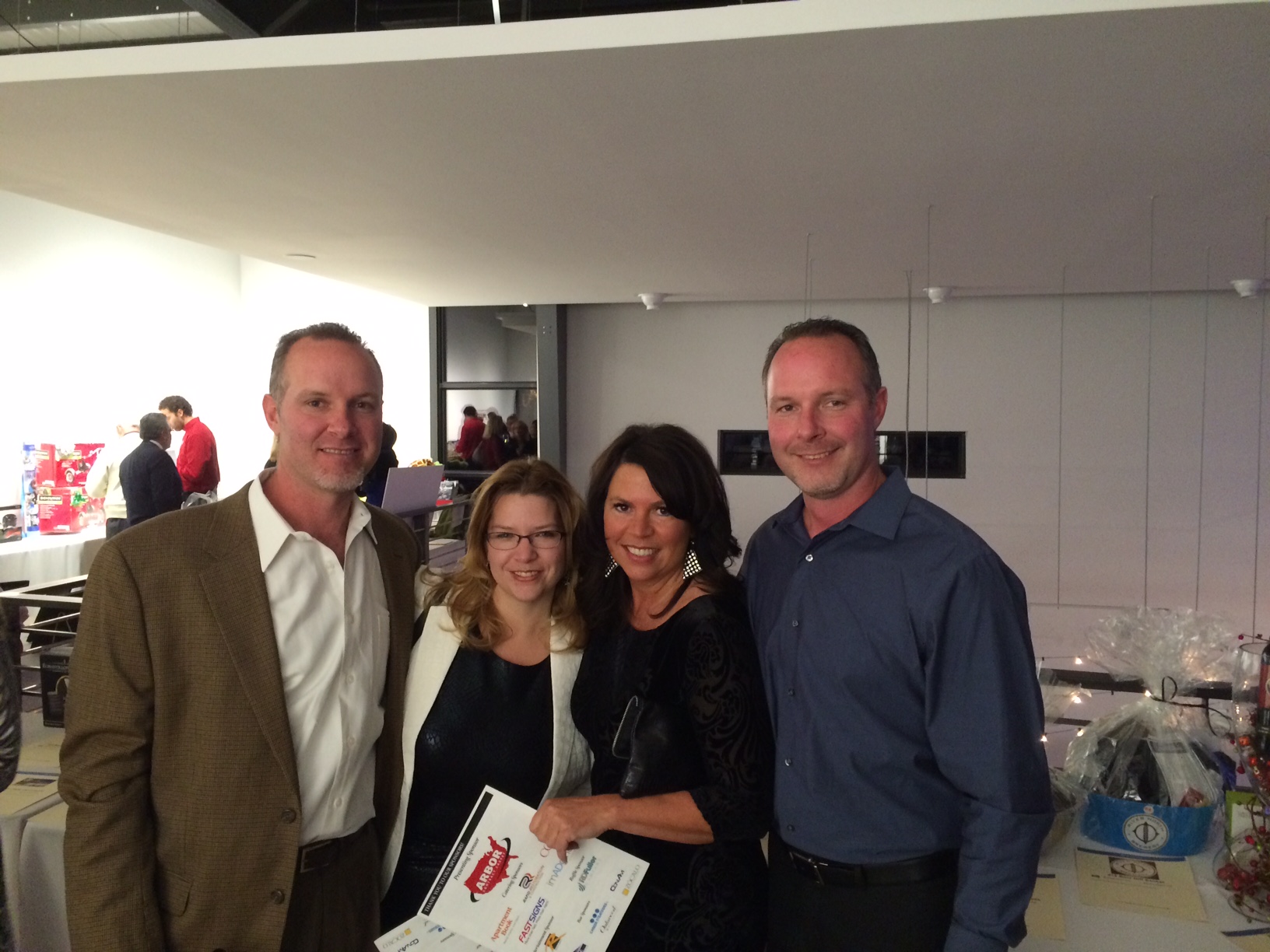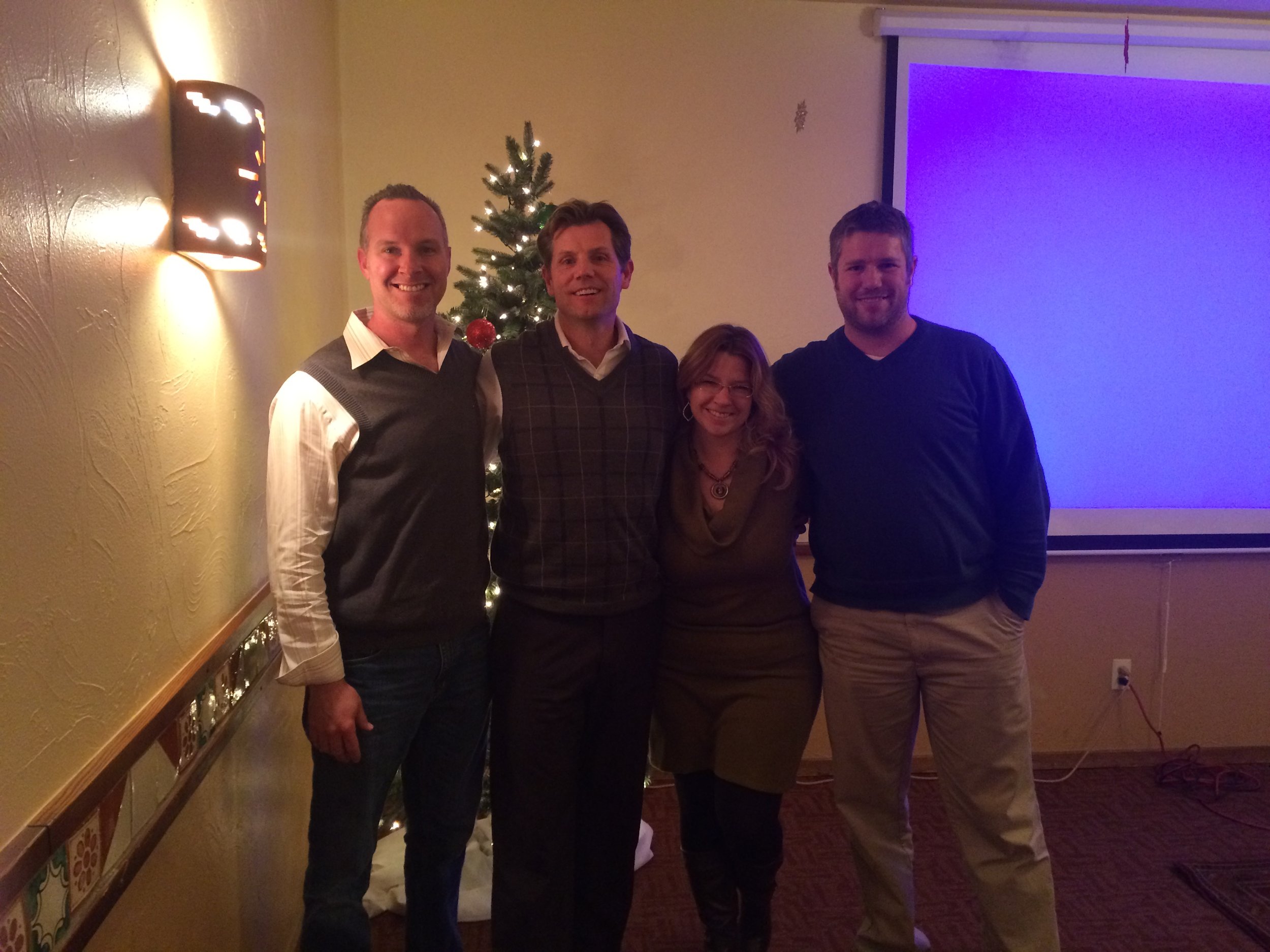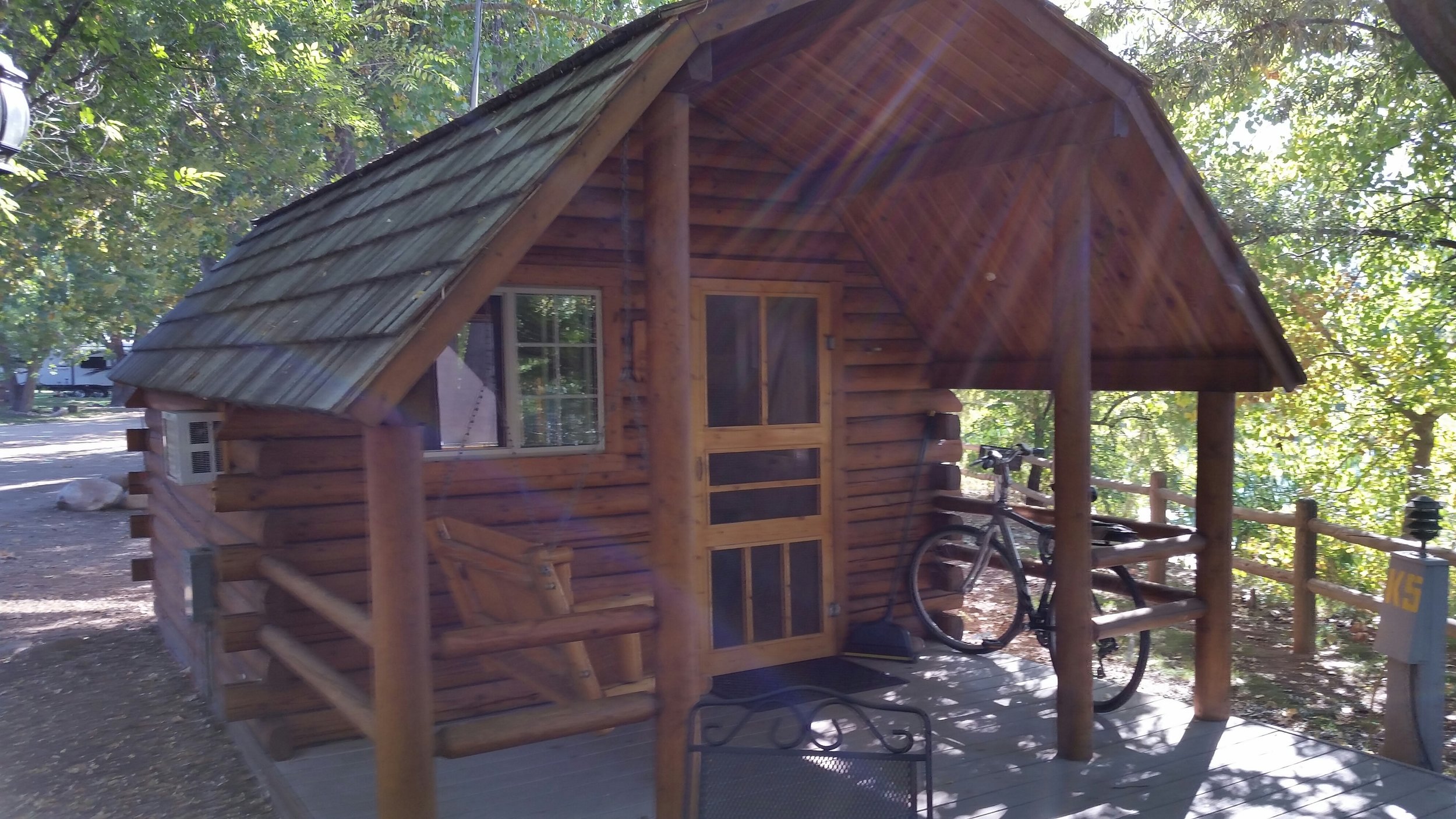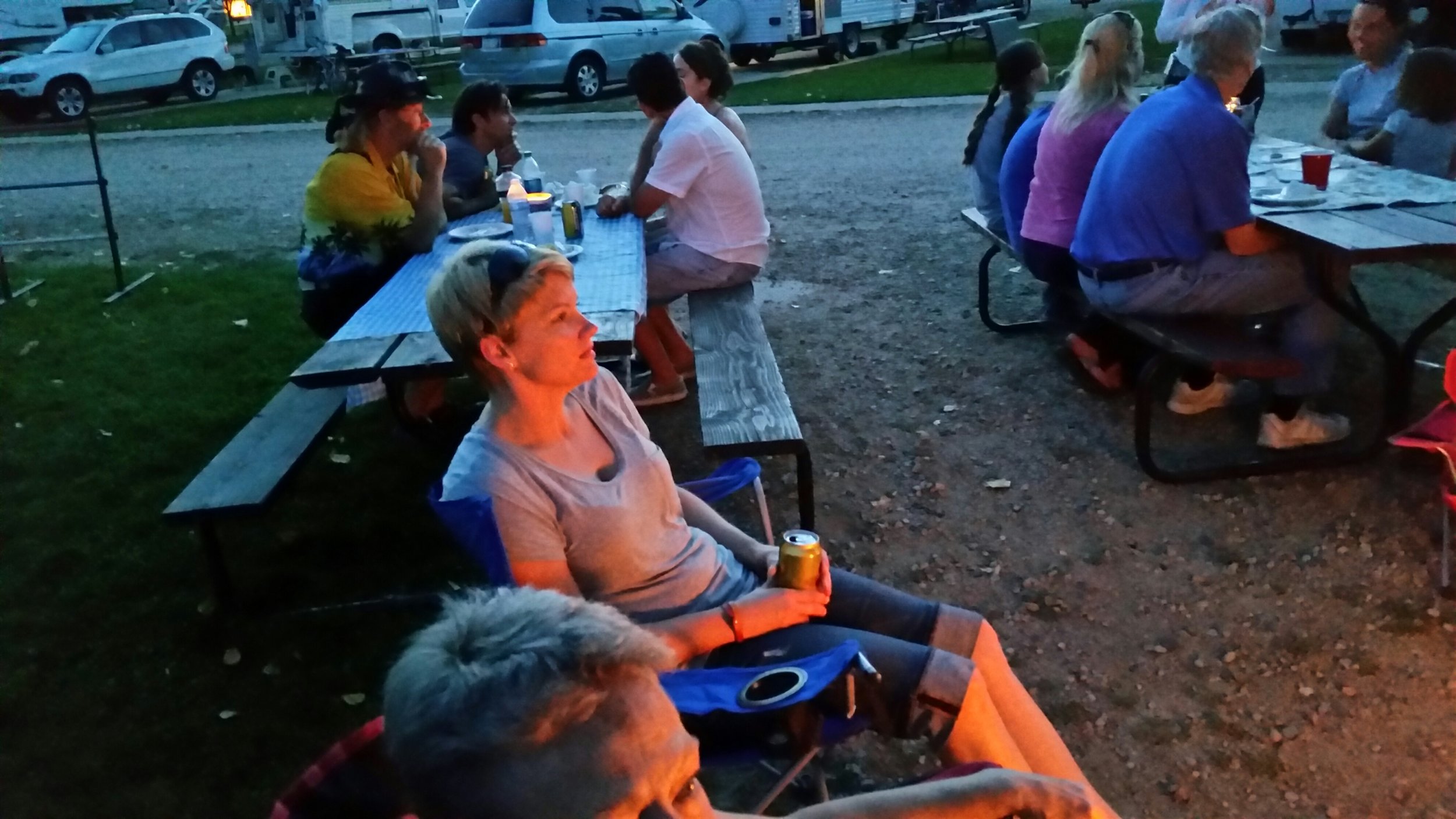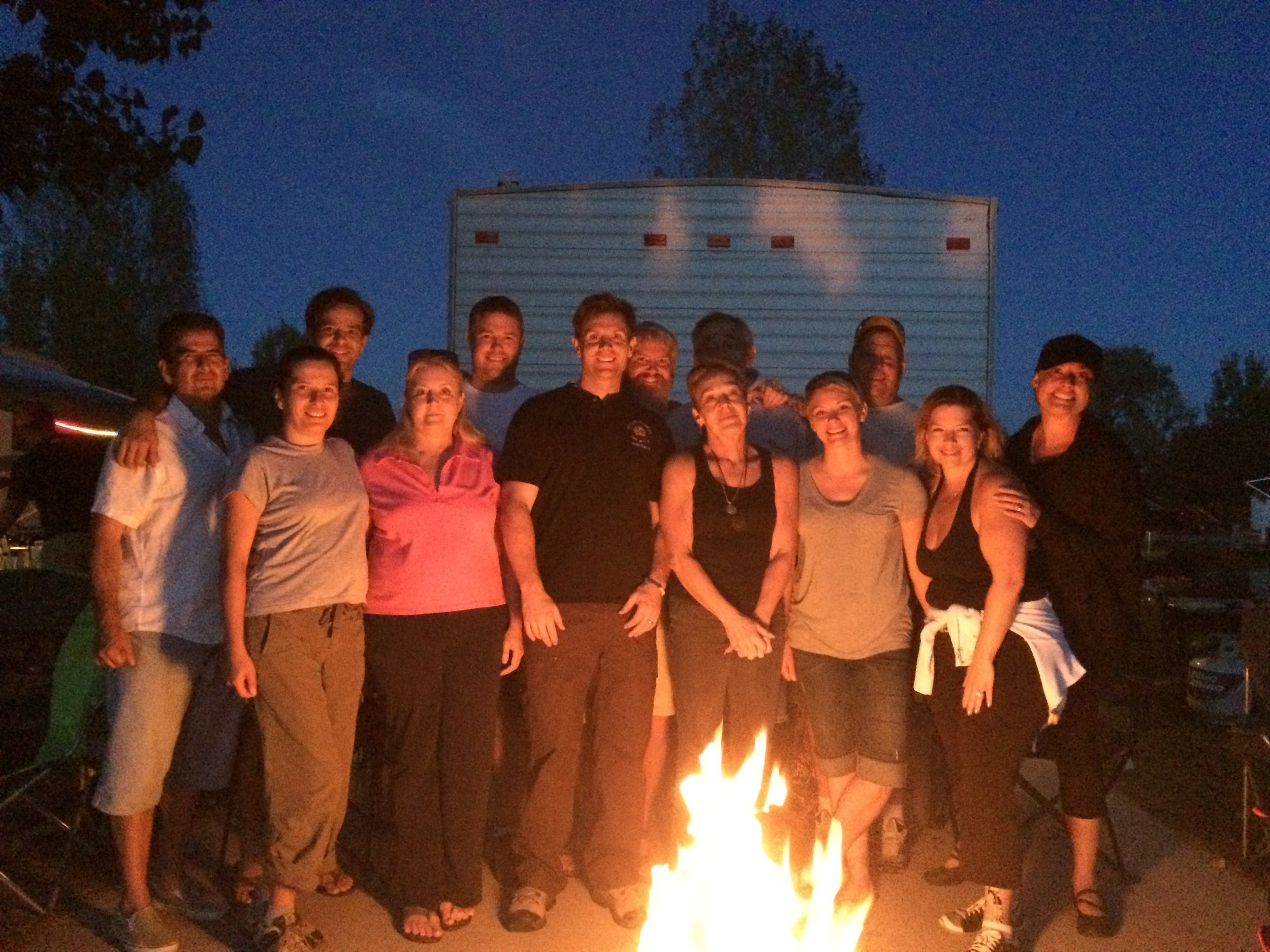Kitchen Remodel Considerations
/As a seasoned General Contractor, my professional recommendations for enhancing and improving your kitchen with a focus on increasing the value of your home revolve around strategic investments that combine aesthetics, functionality, and quality. When it comes to kitchen upgrades, certain areas tend to deliver the best return on investment, ensuring your home stands out in the competitive real estate market.
First and foremost, consider upgrading your kitchen's cabinetry. Replacing outdated or worn cabinets with high-quality, modern options can breathe new life into the space and significantly boost your home's value. Opt for durable materials and styles that complement the overall design of your home, striking a balance between classic and contemporary aesthetics.
Next, pay attention to the kitchen's focal point – the countertops. Investing in attractive, low-maintenance, and durable surfaces like granite or quartz can make a lasting impression on potential buyers. A well-chosen countertop material enhances the kitchen's overall appeal and increases the perceived value of your home.
To create a welcoming and functional atmosphere, consider upgrading kitchen appliances. Stainless steel appliances not only lend a sophisticated look but also signal quality to potential buyers. Energy-efficient appliances are also a wise choice as they offer cost savings in the long run, appealing to eco-conscious homebuyers.
Additionally, don't overlook the importance of proper lighting in the kitchen. Installing well-designed lighting fixtures can transform the ambiance and functionality of the space. Recessed lighting, pendant lights over the island, and under-cabinet lighting can add depth and warmth, making your kitchen feel inviting and practical.
Lastly, focus on enhancing the kitchen's flow and layout. Consider opening up the space by removing non-structural walls or adding an island if it complements the available space. A well-designed kitchen layout that maximizes storage, counter space, and flow can leave a lasting impression on potential buyers and add significant value to your home.
In conclusion, investing in high-quality cabinetry, attractive countertops, modern appliances, well-designed lighting, and a functional layout are key elements to enhance your kitchen and increase the value of your home. By making thoughtful and strategic choices, you can create a kitchen that not only meets your needs but also becomes a valuable asset when it's time to sell your home.





















